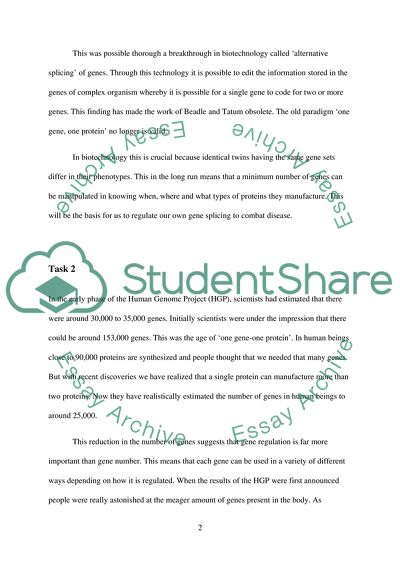Cite this document
(Genetic Engineering Technology of the 21st Century Case Study, n.d.)
Genetic Engineering Technology of the 21st Century Case Study. https://studentshare.org/biology/1711506-biotechnology
Genetic Engineering Technology of the 21st Century Case Study. https://studentshare.org/biology/1711506-biotechnology
(Genetic Engineering Technology of the 21st Century Case Study)
Genetic Engineering Technology of the 21st Century Case Study. https://studentshare.org/biology/1711506-biotechnology.
Genetic Engineering Technology of the 21st Century Case Study. https://studentshare.org/biology/1711506-biotechnology.
“Genetic Engineering Technology of the 21st Century Case Study”. https://studentshare.org/biology/1711506-biotechnology.


